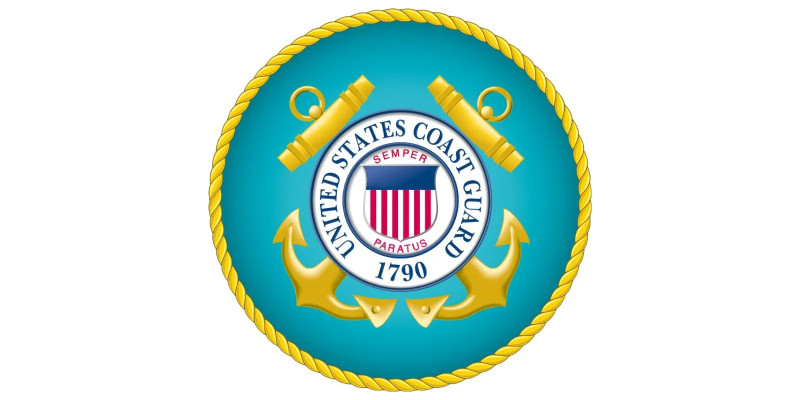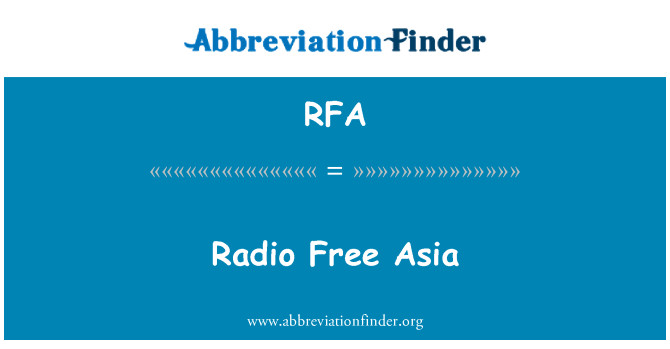The U.S. Coast Guard has found itself in the spotlight recently due to its fluctuating policies on hate symbols, particularly the swastika and noose. This controversy has sparked intense debate and scrutiny, highlighting the complexities of defining and addressing hate symbols within a military context.
On November 2, 2025, the Coast Guard issued a memo that initially suggested a shift in its policy, indicating that symbols like swastikas and nooses would no longer be classified as hate symbols. This proposal was met with immediate backlash from Jewish groups and other advocacy organizations, who saw it as a dangerous step backward in the fight against antisemitism and racism. The proposed change aimed to redefine these symbols as "potentially divisive" rather than outright hateful, a distinction that many found unacceptable.
The controversy escalated when The Washington Post published a document suggesting that the Coast Guard was planning to exclude swastikas, nooses, and the Confederate flag from its list of hate symbols. This revelation prompted a swift response from the Coast Guard, which denied the claims and asserted that the document was a draft and not an official policy. The Coast Guard clarified that it would continue to prohibit the display of these symbols, emphasizing its commitment to maintaining a respectful and inclusive environment.
The situation took another turn when the Coast Guard issued a new, more stringent policy on hate symbols, reclassifying swastikas and nooses as hate symbols. This about-face came after intense scrutiny and public outcry, demonstrating the Coast Guard's responsiveness to external pressure and the importance of clear, unambiguous policies on hate symbols. The new policy prohibits the display of any "divisive or hate symbols or flags," reinforcing the Coast Guard's stance against hate and discrimination.
The swastika, a symbol of antisemitism and hatred, has a long and troubling history. Originally a sacred symbol in Hinduism and Buddhism, it was co-opted by the Nazi regime in the 1930s and 1940s, becoming synonymous with the Holocaust and the atrocities committed by the Third Reich. The noose, on the other hand, is a symbol of racial violence and lynching, particularly in the context of African American history in the United States. Both symbols carry deep emotional and historical significance, making their classification as hate symbols a critical issue for many communities.
The Coast Guard's handling of this issue underscores the broader challenges faced by military and law enforcement agencies in addressing hate symbols and hate crimes. The evolving nature of these policies reflects the ongoing struggle to balance free speech with the need to protect vulnerable communities from harm. The Coast Guard's decision to reclassify swastikas and nooses as hate symbols is a step in the right direction, but it also highlights the need for continuous vigilance and clear, unambiguous policies on hate symbols.
As the Coast Guard continues to refine its policies, it is essential to remember the human impact of these decisions. The symbols in question are not merely abstract concepts but powerful emblems of hatred and violence that have real-world consequences for marginalized communities. The Coast Guard's actions send a clear message about its commitment to inclusivity and respect, and its willingness to adapt in the face of public scrutiny.



